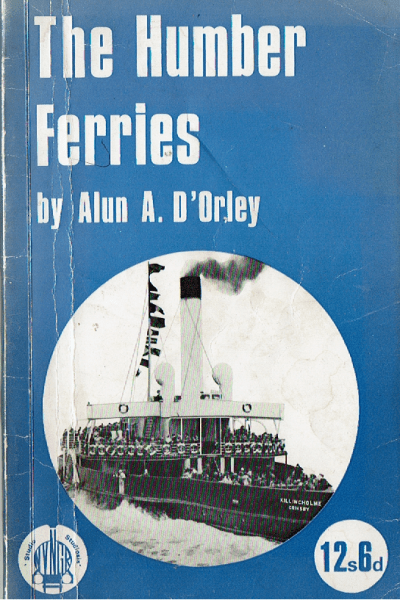Near to concluding his coverage of the impact of pleasure trips by steamer along the Humber Estuary and its feeder rivers Trent and Ouse D’Orley (s.p.b.s) gives another example; those to the Yarborough Arms at New Holland. The Yarborough Arms (later Hotel) was one of the first buildings to be erected by the Manchester, Sheffield and Lincolnshire Railway in New Holland, a place that was to rapidly expand as a railway settlement. The Arms was so-called because Lord Yarborough was a major shareholder of the company and owned vast estate lands in the Brocklesby, Great Limber area south of the south bank. The ‘Arms’ was developed as a public House with pleasure gardens and day trippers from Hull flocked there on the steam powered ferries which monopolised Humber ferry crossings by 1850. The building survives and is now offices for the timber trade company that now has wharfage there. No evidence of the pleasure gardens survives.
D’Orley writes on p.33 (s.p.b.s)’During the summer at cheap prices. holiday periods, the steamers came crowded from the inland ports with passengers anxious to have a full view of the Ouse, Trent and Humber; some going as far as Spurn and the sea. Most people had never travelled so far from home before, nor seen the sea or so much of the river scenery; the steam packet was undoubtedly the pioneer in enabling large bodies of trippers to move long distances It was the birth of the trippers, a body of people who gradually multiplied as the steam packet, and later the railway, developed’.

This insight into the development of regional tourism in early-to-mid Victorian England based on the steam packet boats is instructive. A general view is that the coming of the railways heralded an age whereby people could break free from their immediate locality for at least a proportion of the masses, but, as seen here, the reality was more subtle. Indeed, the early railways often relied on linking with steam packet sailings to attract customers.